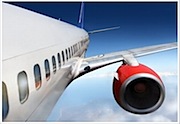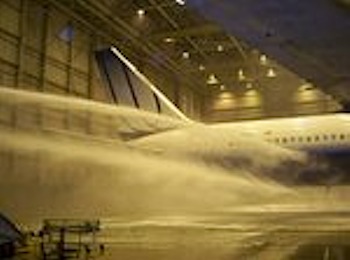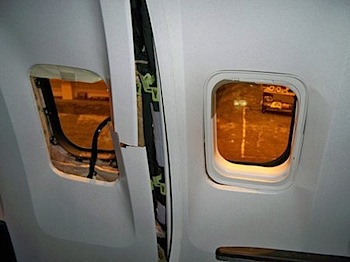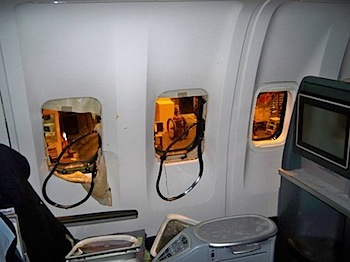“In 1999, there was evidence of scale economies for connecting flights. Conditioning on other variables, the marginal cost of serving a connecting passenger on a long route was $18 less than that of a direct passenger, or roughly 12 percent of the average marginal cost.
The cost advantage of connecting flights disappeared in 2006. Conditioning on other cost shifters, the marginal cost of a connecting flight was $12 more expensive than that of a direct flight. The change is probably driven by the increasing fuel cost in the sample period. Since the fraction of fuel consumed at the takeoffs and landings could be as high as 40 percent, rising fuel costs offset the benefit of denser traffic created by connecting flights.”
So says researchers Steven Berry at Yale and Panle Jia at M.I.T.
In a new working paper the two have published entitled, “Tracing the Woes: An Empirical Analysis of the Airline Industry, ” they confirm that it used to be cheaper for an airline to place a passenger on a connecting flight — rather than a direct one. But by 2006, that advantage had gone away. Why? One simple answer: the increasing cost of fuel.
According to the two researchers, “Channeling passengers through a hub airport allows carriers to increase the load factor. But it also requires extra fuel, both for the two extra landings and the longer distances passengers have to travel. The authors estimate that in 1999, the marginal cost of servicing a connecting passenger on a long route was $18, or about 12 percent, lower than that of servicing a direct passenger. That cost advantage disappeared in 2006, probably because fuel was more expensive. In 2006, servicing a connecting passenger cost $12 more and reported inflation-adjusted operating costs increased from 11.4 cents per available seat mile to 12.5 cents.”
The authors estimate that by 2006 the legacy airlines were transporting 4 percent more passengers with 9 percent less revenue and 19 percent less in profit than in 1996. And, despite the bankruptcies and mergers in the early 2000s and the sharp downturn that followed 9/11, the average revenue-passenger-miles divided by the available-seat-miles of a flight, known as the load factor, rose from 71.2 percent to 79.7 percent from 1999 to 2006. It reached a record high of 80.5 percent in 2007.
There is a summary of the paper available for free here. The entire work is available for $5. Spend the money and buy it. It is well worth the read.








